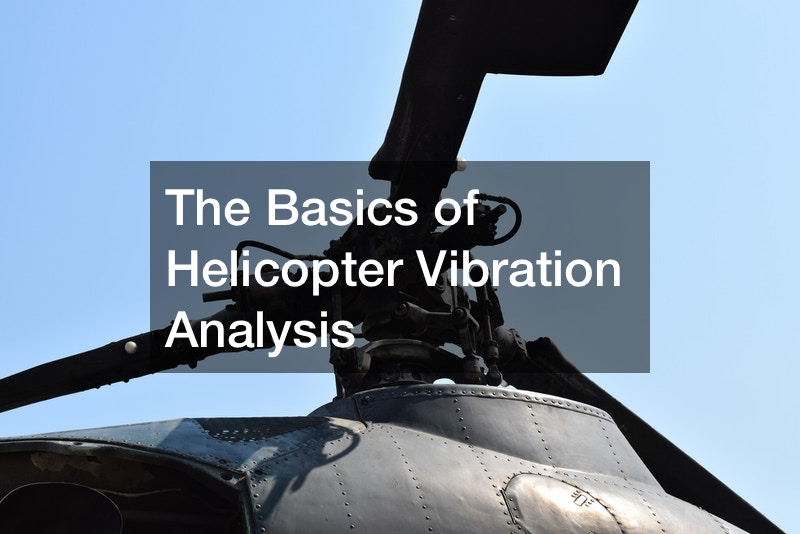
A lot of people might be interested in learning how to fly a helicopter. It makes sense, as being a pilot can be quite exhilarating in many ways. However, it is important that you keep safety first if you are going to be flying in a helicopter. You need to learn how to fly one properly before you attempt to do so on your own. You should also make the effort to learn everything that you need to know about helicopters first.
If you do not know a lot about helicopters and want to learn, you might have many questions. For example, you might wonder, what exactly are Sikorsky parts? What is generally offered by a charter helicopter service? What can I do if I want to fly in a helicopter near me? What should I know about the helicopter charter services in my area? Where should I go if I am in need of helicopter maintenance near me? It would be a good idea to talk to someone who has a lot of experience with helicopters, as they will likely be able to answer your questions and give you a lot of other useful information on this topic.
Aircraft safety is the utmost priority for any airline or aircraft charter company. A vital procedure for ensuring safety for passengers and the pilots in both private and charter helicopters is vibration analysis. With over 131,000 service technicians and aircraft mechanics employed in 2017 alone, helicopter vibration analysis becomes a crucial skill for most employees in the aircraft industry.
This post will explain the basics of helicopter vibration analysis and why it’s so important for helicopters.
What is Helicopter Vibration Analysis?
Helicopter vibration analysis defines the various methods used to determine the source of vibrations in an aircraft, a helicopter in this case. These vibrations pose a serious threat to the safety of the passengers on board and also shorten the life span of various aircraft parts. Vibrations also make the flight very uncomfortable and can make new passengers angsty.
Why is Helicopter Vibration Analysis Necessary?
First, it is important to note that you cannot completely eliminate the vibrations in a helicopter. It is, however, important to keep the vibrations as low as possible to avoid the problems mentioned above. Typically, vibrations in a helicopter average between 0.05g and 0.1g. These figures are, of course, much higher than jet-engine crafts or other crafts with high end engines. Still, the magnitudes of the vibrations are much lower than what was the case a few years back, thanks to advancements in helicopter designs.
Excessive vibrations affect the helicopter rotor blade, aircraft instrumentation, and the life span of other vital components. Ultimately, these vibrations make it difficult for the pilot to control the craft and very uncomfortable for the craft occupants. Loose components like bolts and nuts, malfunctioning parts and unequally distributed weights on the rotor blade are a few causes of irregular vibrations.
Since a helicopter is prone to normal vibration from usual operations, pinpointing the cause of abnormal vibrations. That’s where helicopter vibration analysis comes in.
How to Carry Out Proper Helicopter Vibration Analysis
Helicopter vibration analysis is not an overly complex process. The proper use of equipment and keen attention is, however, necessary to reach the correct conclusion. The process involves assessing the entire craft for amplitude and/or phase to monitor vibration accurately.
The amplitude underscores how severe the vibration is with a range of between 0 to 1.2 ISP for helicopters. Usually, an amplitude of 0 ISP (inches per second) means the vibrations are good, while amplitudes of 1.2 ISP means the vibrations are extremely dangerous.
Phase, on the other hand, denotes how the peak signal relates to a specified reference on the rotor. The phase is useful for determining any imbalance in the rotations’ timing pulse or the presence of critical speed.
Instruments Used for Helicopter Vibration Analysis
There are plenty of helicopter vibration analysis devices used all across the helicopter industry by technicians and mechanics. Some of these devices include:-
1. Accelerometer- The accelerometer is the most common type of transducer you can apply for helicopter vibration analysis.
2. Portable dynamic analyzer- Also called a portable signal analyzer. These are the most common type of vibration analysis equipment. These devices measure the amplitude and phase of a craft’s vibration.
3. Velometer- Just like the accelerometer, the velocimeter is also a transducer. It measures the instantaneous velocity of vibration at a point on the craft.
The method of vibration analysis will differ greatly with the aircraft you analyze, but all devices can work on whichever craft. For the best results, however, it makes sense to choose the right equipment for the right craft always.
Final Say
There are many traditional approaches to helicopter vibration analysis that are much more difficult to undertake and are not as effective as modern techniques. Nowadays, technological advancements in sensor equipment have enabled the spectral analysis for even greater accuracy and high quality vibration analysis.
Helicopter Vibration Analysis is an important procedure that ensures the longevity of your craft and guarantees the safety of passengers and crew members aboard the helicopter.

